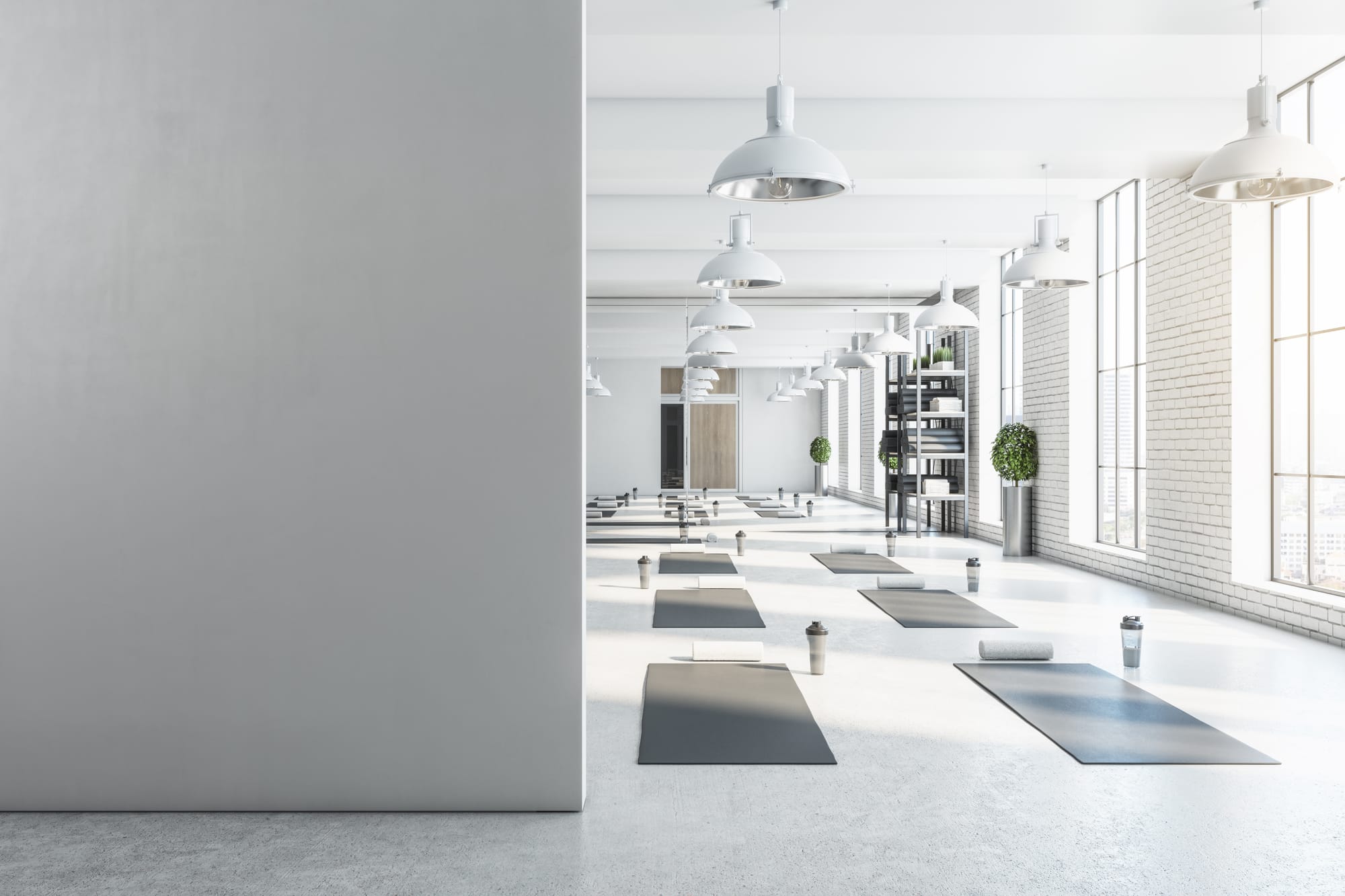Pilates vs. Yoga: Key Differences and Why You Should Embrace Both

When it comes to fitness and wellness, Pilates and yoga are two popular practices that often get compared. While both focus on mindfulness, body awareness, and strength, they have distinct origins, techniques, and benefits. Here' a quick overview of the key differences between Pilates and yoga, and why incorporating both into your routine can elevate your overall health.
Origins and Philosophy
Yoga
Yoga is an ancient practice with roots in India that dates back thousands of years. It encompasses not just physical postures (asanas), but also breathing techniques (pranayama), meditation, and ethical principles. The primary goal of yoga is to unite the body, mind, and spirit, promoting holistic well-being. Many asanas can be used to cultivate a given state of mind and the practice was originally designed to make it easier for meditation practitioners to sit for hours without experiencing significant pain throughout their bodies.
Pilates
Pilates, on the other hand, was developed in the early 20th century by Joseph Pilates. Initially designed for rehabilitation and injury prevention, it emphasizes core strength, alignment, and functional movement. The focus is primarily on the physical aspects, although it does encourage mindfulness and body awareness.
Movement Focus
Yoga
Yoga incorporates a wide range of postures that promote flexibility, balance, and strength. The movements often flow together in sequences, encouraging a meditative state. Many styles of yoga, like Vinyasa or Ashtanga, emphasize dynamic movement, while others, such as Yin or Hatha, focus on holding poses for extended periods to deepen flexibility and relaxation.
Pilates
Pilates exercises are structured and typically performed on a mat or specialized equipment, such as the Reformer. The focus is on controlled movements that engage the core, improve posture, and develop overall body strength. Pilates is often more about precision and technique, aiming for maximum efficiency in every exercise.
Breathing Techniques
Yoga
Breathing in yoga is central to practice, with techniques like Ujjayi (victorious breath) and Nadi Shodhana (alternate nostril breathing) helping to enhance mindfulness and relaxation. Breath is used to facilitate movement and maintain a sense of presence during practice.
Pilates
In Pilates, breathing is also important, but the approach is different. It emphasizes lateral breathing, where you expand the rib cage rather than just filling the belly. This helps maintain core engagement while allowing for effective movement throughout the body.
Benefits
Yoga
- Flexibility: The diverse range of poses helps improve flexibility and mobility.
- Stress Relief: The meditative aspects reduce stress and promote relaxation.
- Mind-Body Connection: Yoga enhances mindfulness and emotional balance.
- Spiritual Growth: For many, yoga is a spiritual practice that fosters personal growth.
Pilates
- Core Strength: Pilates is renowned for its focus on strengthening the core, which supports overall body function.
- Posture Improvement: The emphasis on alignment helps improve posture and reduce back pain.
- Injury Prevention: The controlled movements are beneficial for rehabilitation and preventing injuries.
- Enhanced Athletic Performance: Many athletes incorporate Pilates to improve their performance across various sports.
Why You Should Do Both
Comprehensive Fitness
Combining Pilates and yoga provides a well-rounded fitness routine. While Pilates strengthens and tones, yoga enhances flexibility and promotes relaxation. Together, they create a balanced approach to physical fitness.
Mindfulness and Awareness
Practicing both can deepen your body awareness and mindfulness. Yoga cultivates a connection between breath and movement, while Pilates emphasizes precise control of muscle engagement. Together, they can enhance your overall mind-body connection.
Injury Prevention
Cross-training with both modalities can help prevent overuse injuries. The flexibility gained from yoga complements the strength built through Pilates, ensuring your body is well-prepared for various physical challenges.
Stress ManagementIncorporating both practices into your routine allows for a more comprehensive approach to stress management. The meditative aspects of yoga combined with the physical focus of Pilates can create a harmonious balance for your mental well-being.
Both Pilates and yoga offer unique benefits that can enhance your physical and mental health. By embracing both practices, you can achieve greater strength, flexibility, and overall well-being. So whether you’re flowing through a vinyasa or engaging your core on a Reformer, remember that each practice complements the other, making you stronger, more balanced, and more resilient. Why not give them both a try? Your body and mind will thank you!